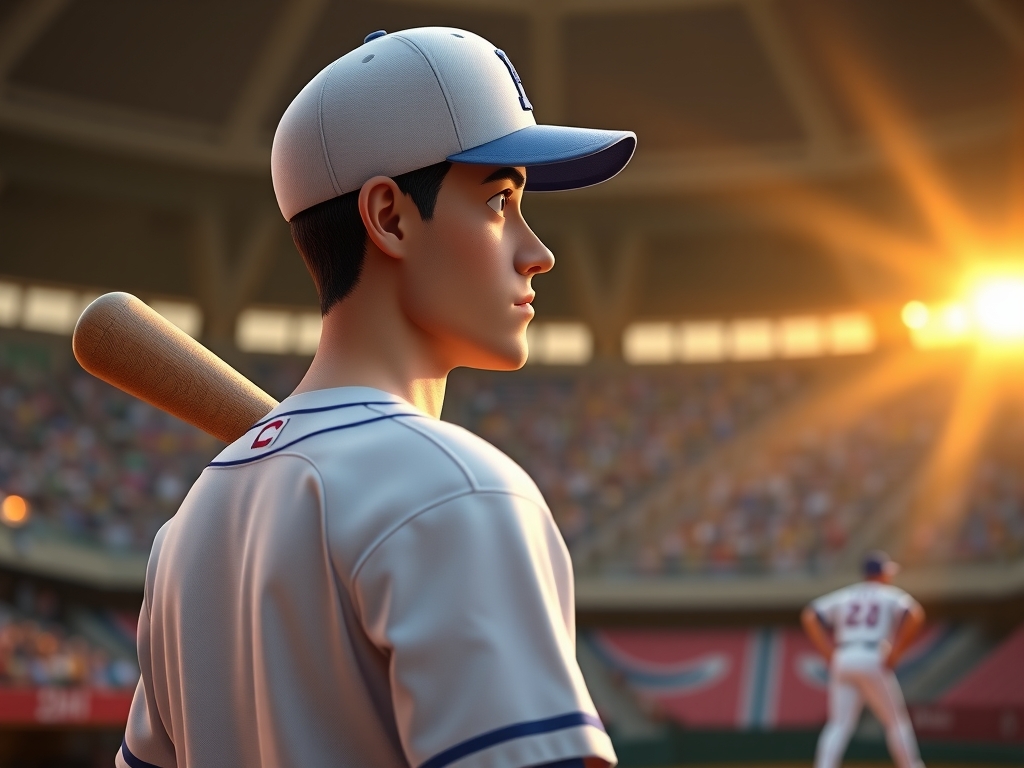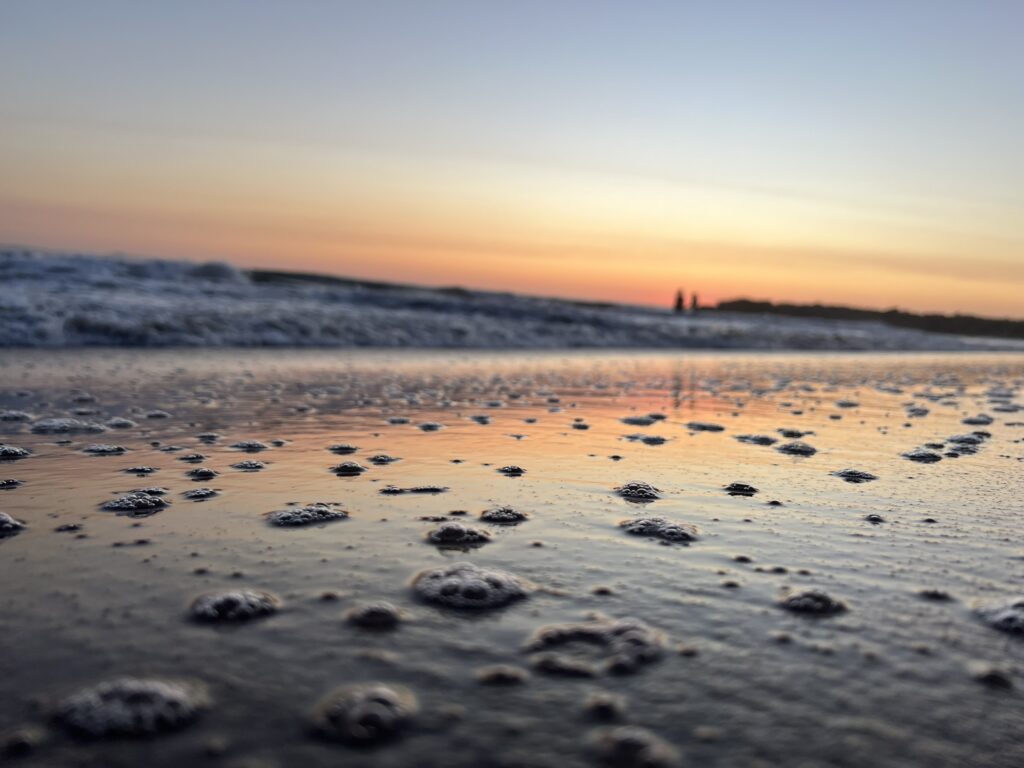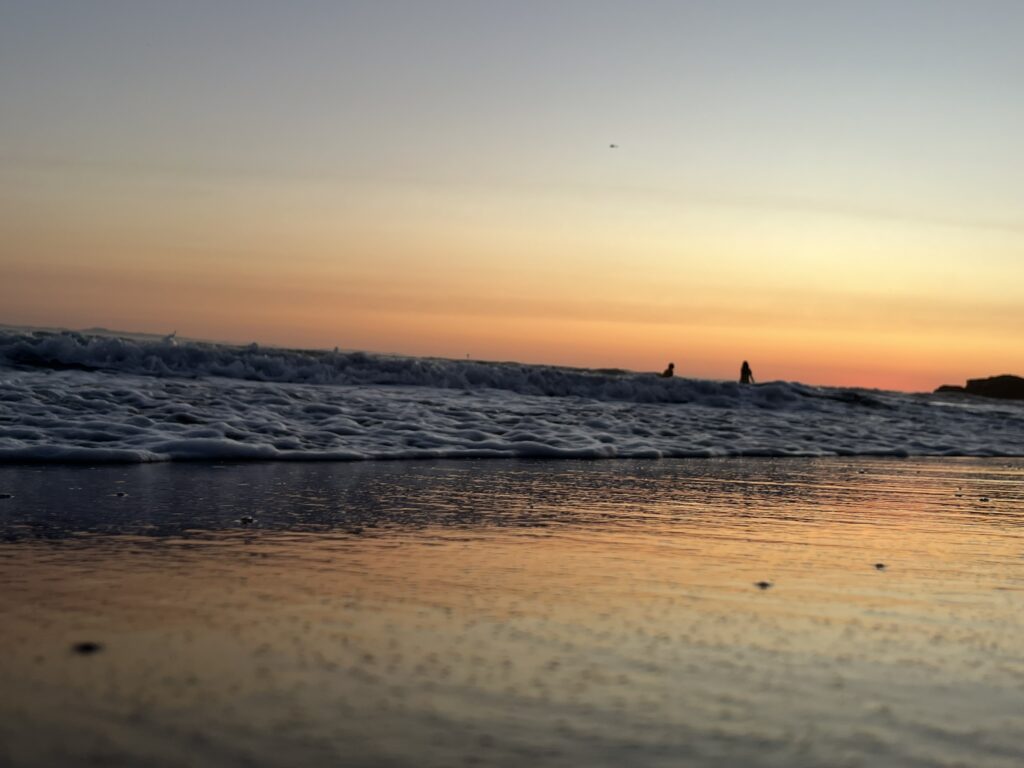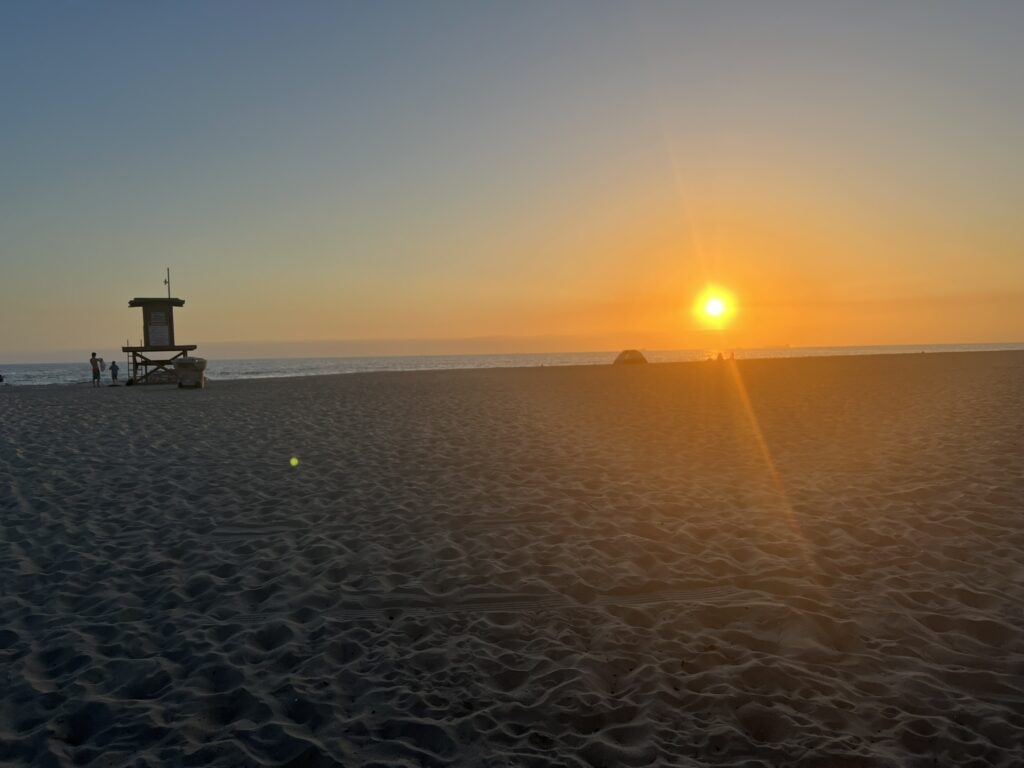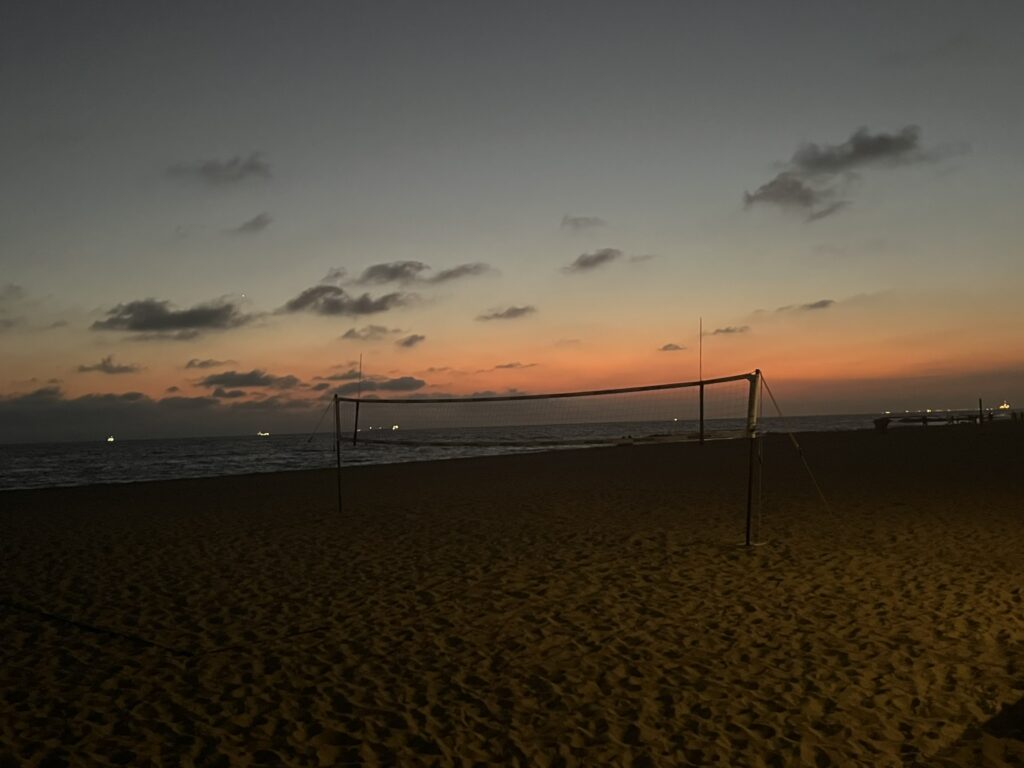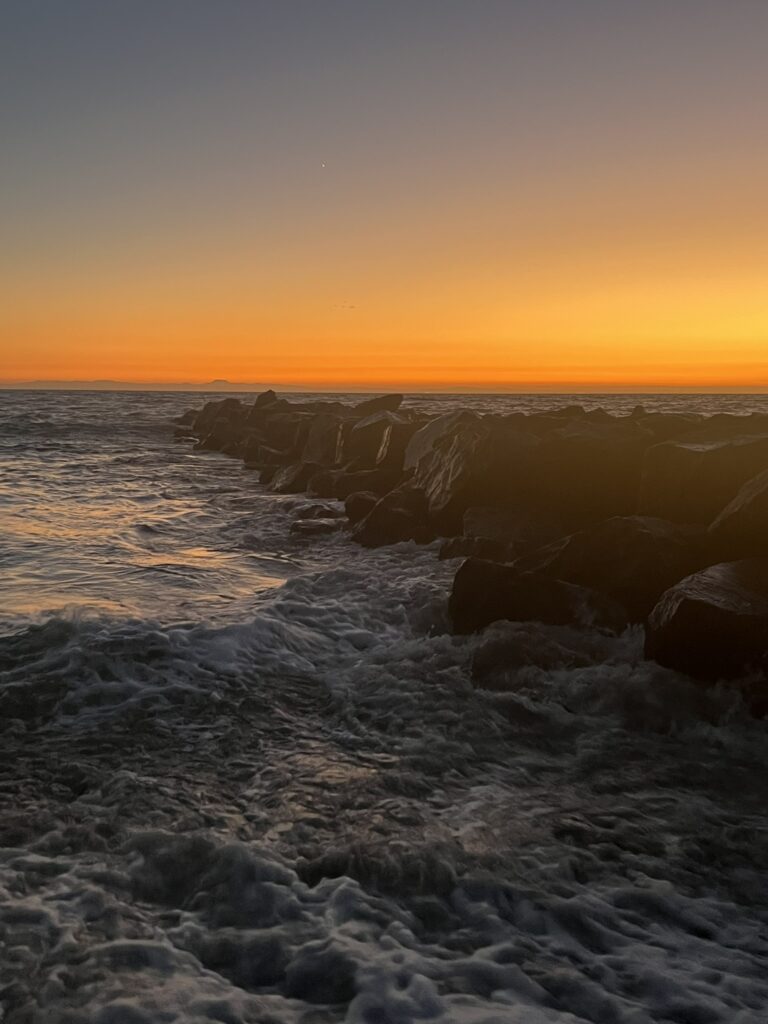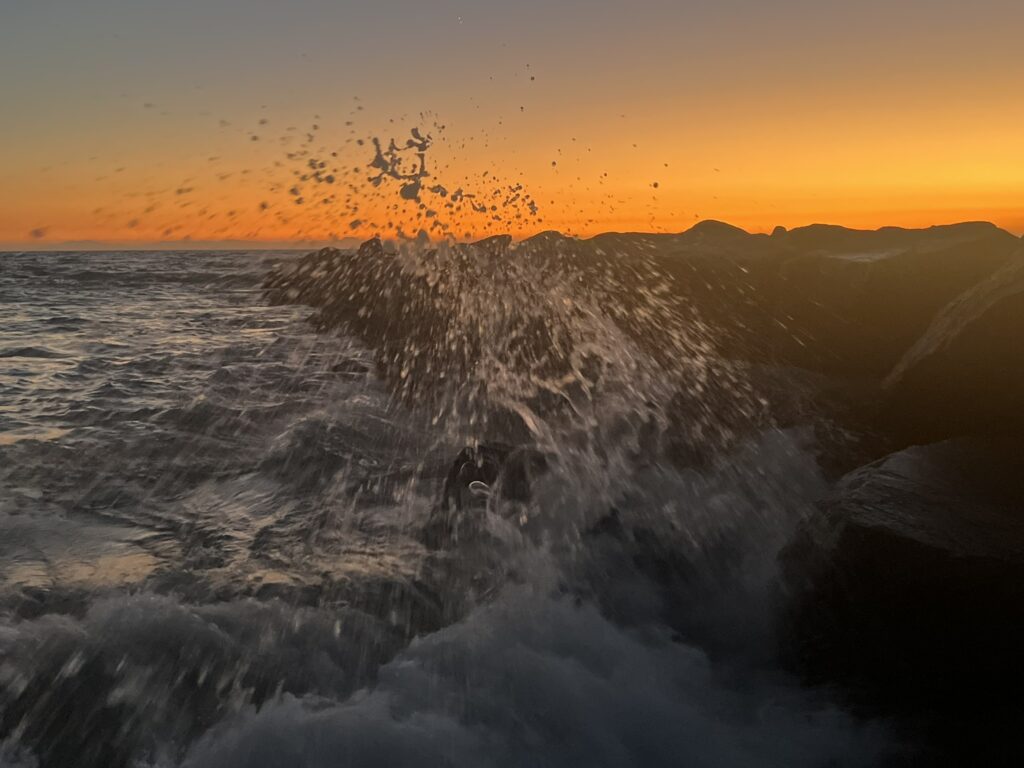It’s that time of year when we’re all going stir crazy. But this year, I have a little baby who needs constant attention, so any moments I can break free of the house need to be spent wisely. My good friend ChatGPT recommended some ideas to me. What do you think?
1. Explore the Kubota Garden
Tucked away in South Seattle, Kubota Garden is a hidden gem that fuses traditional Japanese landscaping with Pacific Northwest beauty. The rain enhances the colors of the trees and the ponds, creating a tranquil, almost mystical experience. Walk along the serene paths, cross arched bridges, and enjoy the sound of the rain on the leaves. Bring an umbrella and good boots, and you’ll have the park practically to yourself.
2. DIY Workshop at Ballard Reuse
If you’re into building or upcycling, Ballard Reuse is your spot. This architectural salvage shop is full of reclaimed materials, from vintage wood to old hardware. They host DIY workshops on creating furniture or decor from salvage items. Even if there’s no class that day, you can spend hours exploring the treasures and getting inspiration for a rainy-day project.
3. Catch a Cult Classic at the Grand Illusion Cinema
Skip the blockbusters and head to the Grand Illusion Cinema in the U-District. This small, independent theater shows obscure films, cult classics, and indie flicks that you won’t find anywhere else in the city. The theater itself is an experience—an intimate, old-school space that feels like stepping back in time.
4. Pioneer Square’s Underground Tour
Seattle’s famous underground is something most tourists don’t know about until they visit, but locals often forget about it too. The rain makes it an ideal time to dive into the city’s hidden history. Explore the old streets buried below modern Seattle, hear stories about the city’s past, and walk through spaces that are both eerie and fascinating.
5. Make Your Own Terrarium at Glasswing Greenhouse
If you’re looking for a creative way to bring the outdoors inside, check out Glasswing Greenhouse in Capitol Hill. They offer workshops where you can create your own terrarium or plant arrangement. Whether you’re a gardening pro or have never kept a plant alive, it’s a fun, hands-on way to engage with nature while staying dry.
6. Shop for Quirky Finds at Archie McPhee
For a truly one-of-a-kind shopping experience, visit Archie McPhee in Wallingford. Known as the home of bizarre and unusual items, it’s the perfect rainy-day escape. From rubber chickens to quirky costumes, you’re bound to find something fun (or at least laugh-worthy) here. It’s also a great spot to pick up a weird gift for that friend who has everything.
7. Volunteer at the Bike Kitchen
For those who love tinkering, check out the Bike Kitchen in the U-District. It’s a community bike repair space where you can learn how to fix bikes, build your own, or help others with repairs. Whether you’re an expert or a total newbie, it’s a great way to spend a rainy day while doing something hands-on and helpful.
8. DIY Pottery at Emerald City Fired Arts
Unleash your inner artist at Emerald City Fired Arts. You can choose from a range of pottery pieces to paint, and they’ll glaze and fire them for you. It’s a calming and creative way to spend the day, plus you get to bring home your handmade art.
9. Indoor Mini Golf at Flatstick Pub
If you want to combine indoor fun, a little friendly competition, and local beer, Flatstick Pub in South Lake Union or Pioneer Square is the place to be. They offer mini golf and other games in a laid-back pub atmosphere, perfect for rainy-day entertainment with friends.
How did ChatGPT do? Like any of them?


